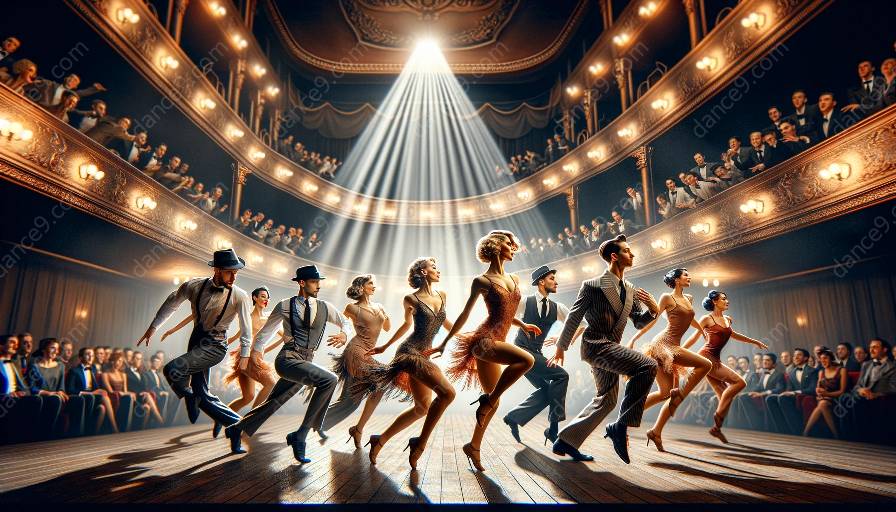Jazz dance is a dynamic and expressive form of movement that is deeply rooted in rhythm. Understanding the role of rhythm in jazz dance is essential for dancers to fully embody the spirit of jazz music and to excel in dance classes.
Understanding Jazz Dance
Jazz dance is a blend of African, Caribbean, and European dance styles, and it emerged as a popular form of entertainment in the early 20th century. With its syncopated rhythms and energetic movements, jazz dance is inherently linked to the music it accompanies, particularly jazz music.
The Symbiotic Relationship Between Jazz Music and Dance
Rhythm is the heartbeat of jazz music, and it serves as the foundation for jazz dance. The syncopated rhythms, complex time signatures, and improvisational nature of jazz music create a fertile ground for inventive and spontaneous movement in jazz dance. In turn, jazz dance adds visual dimension to the music, enhancing the audience's experience and creating an immersive artistic expression.
Rhythmic Techniques in Jazz Dance
In jazz dance classes, students learn to interpret diverse rhythmic patterns through their movements. From quick and intricate footwork to fluid body isolations, dancers develop a keen sense of pulse, accent, and phrasing. These rhythmic techniques challenge dancers to synchronize their movements with the music, fostering a deep connection between the dancer, the rhythm, and the audience.
Expressing Emotion Through Rhythm
Rhythm is not only a technical element in jazz dance but also a powerful tool for emotional expression. Dancers use rhythm to convey a wide range of emotions, from joy and exuberance to sadness and introspection. The interplay between the dancers' movements and the music's rhythm creates a captivating narrative that engages and moves the audience.
The Evolution of Jazz Dance Rhythms
Over time, jazz dance has evolved alongside the ever-changing landscape of jazz music, incorporating new rhythmic influences and styles. From the classic jazz era to contemporary jazz fusion, the rhythmic vocabulary of jazz dance continues to expand, reflecting the diversity and innovation present in the jazz genre.
Conclusion
In conclusion, rhythm is a fundamental element in jazz dance, shaping its movements, emotional depth, and connection to jazz music. Aspiring dancers in jazz dance classes must embrace and master the intricacies of rhythm to fully embody the spirit and soul of jazz dance, creating compelling performances that pay homage to its rich heritage while pushing artistic boundaries.













































































